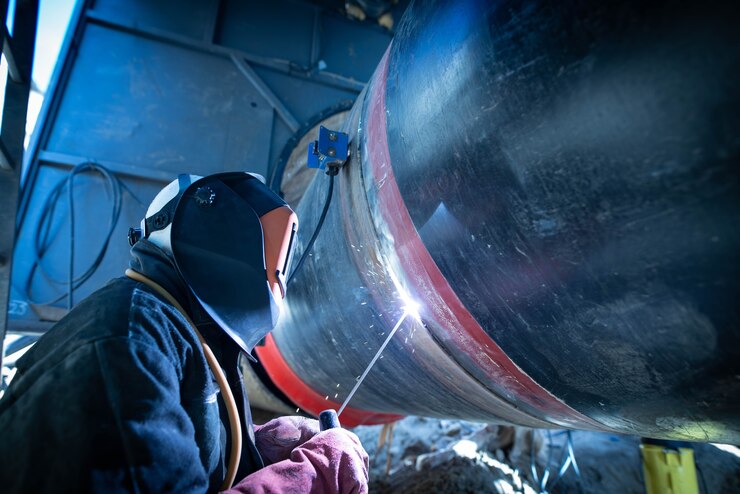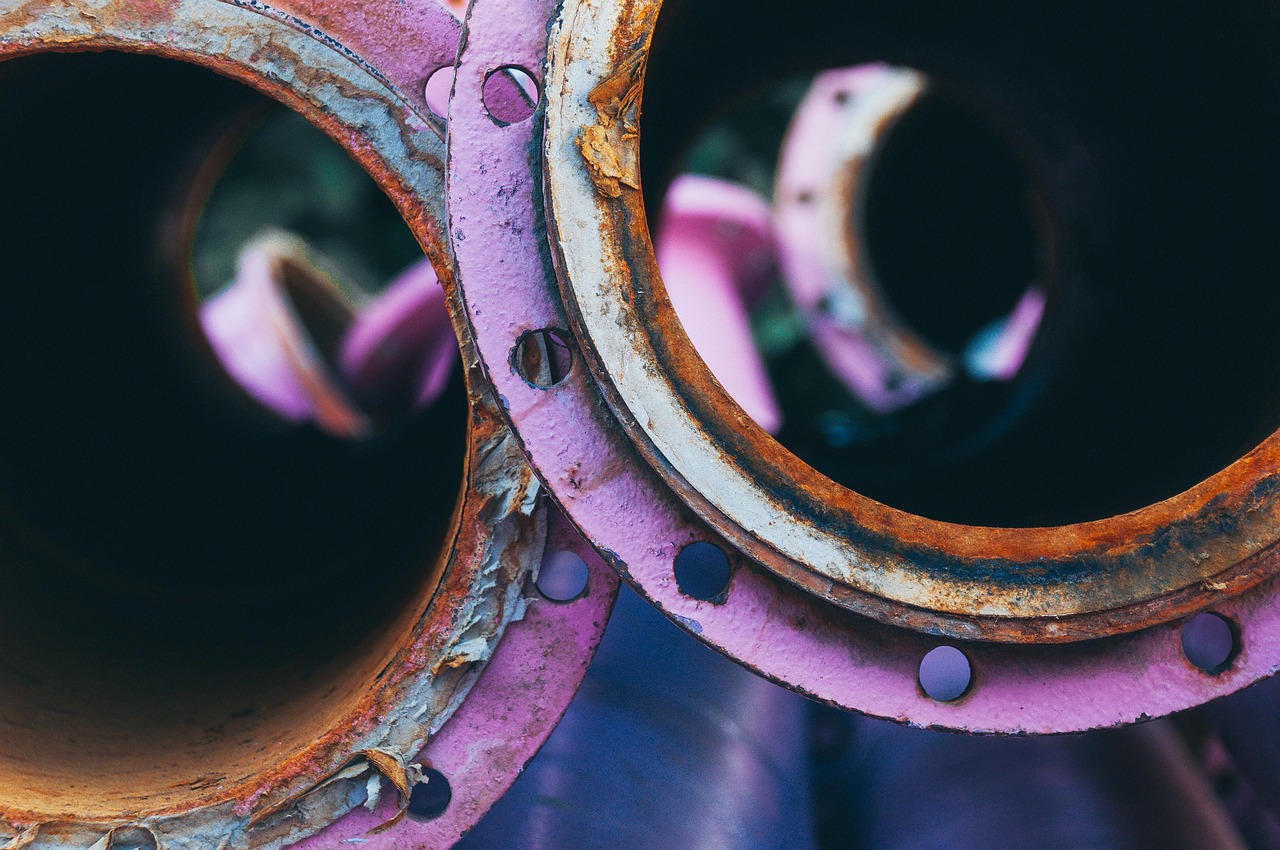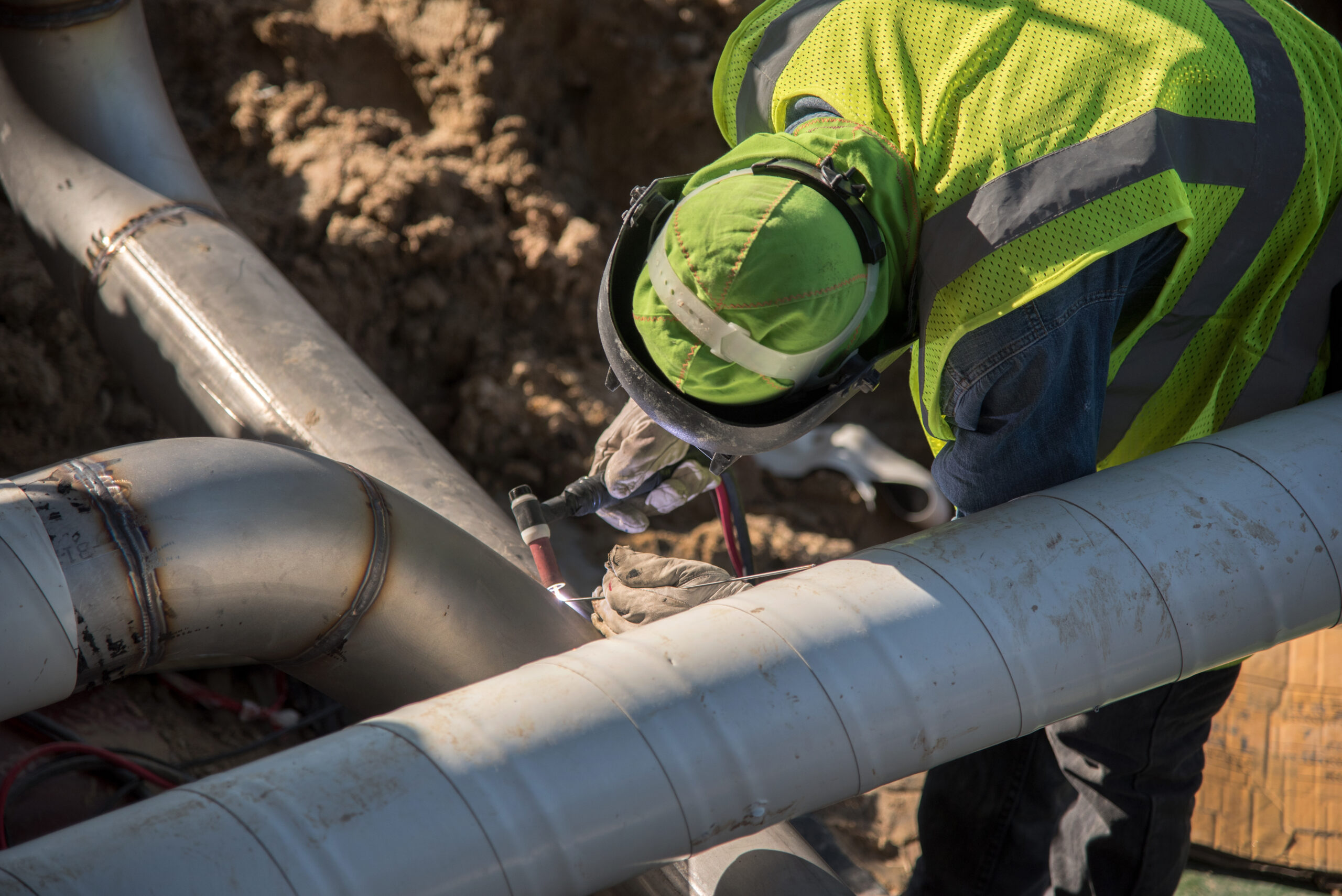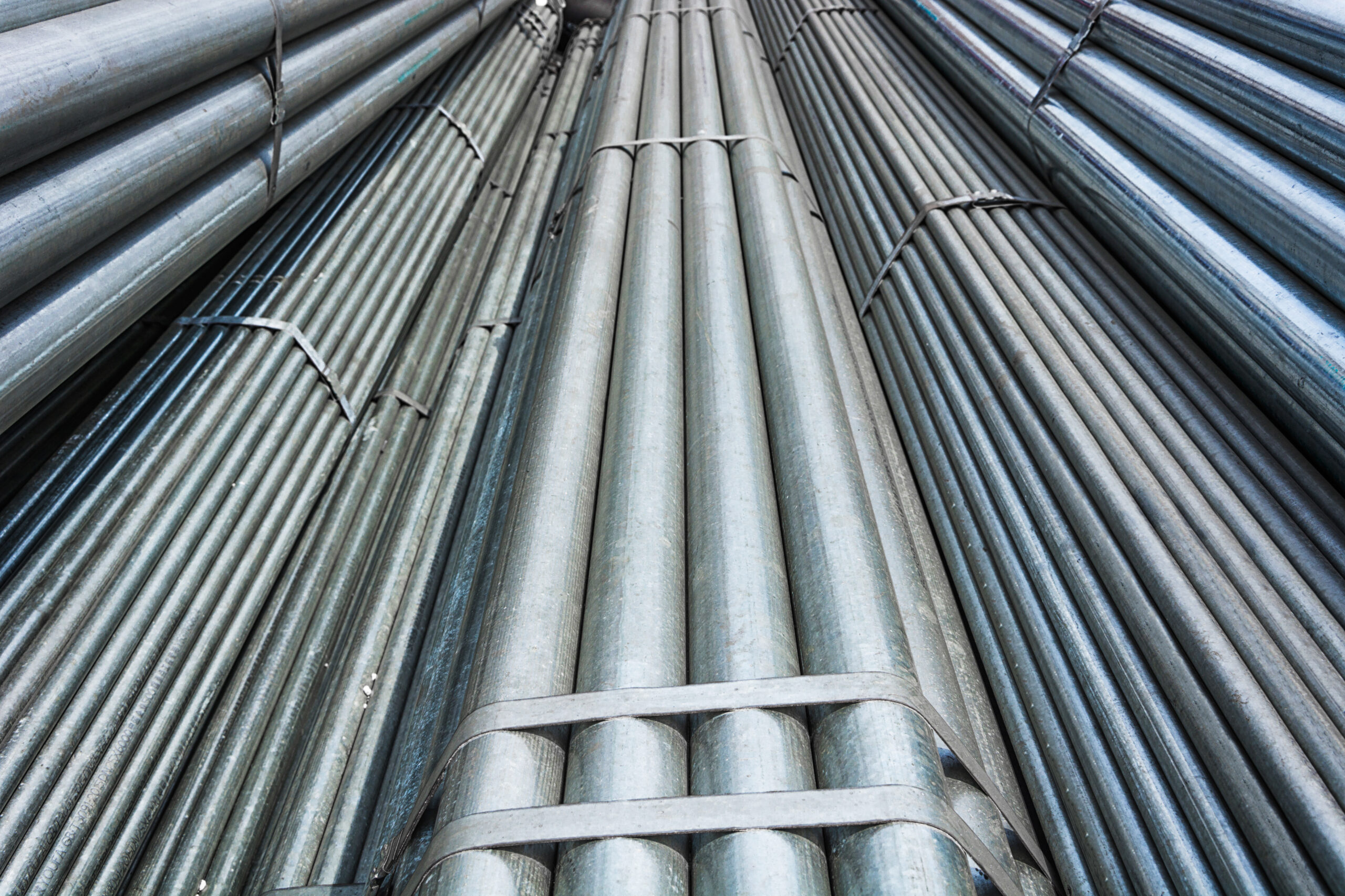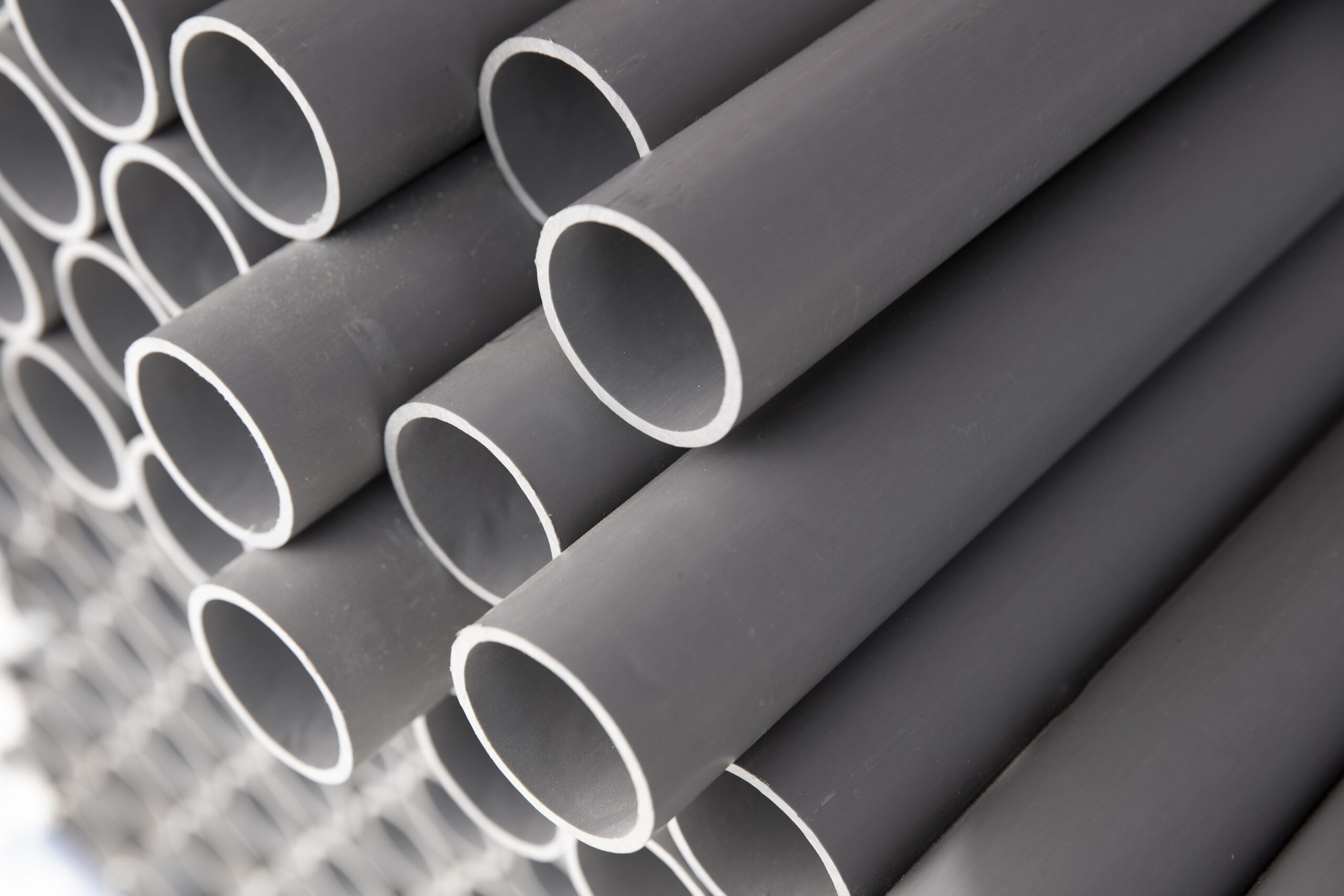Due to their unique microstructure and exposure to harsh environments, weld zone, where two pieces of metal are joined, are often susceptible to internal corrosion. Internal corrosion can lead to significant structural damage, reducing the integrity and lifespan of welded joints. To prevent internal corrosion, it is crucial to implement adequate protection strategies.
Understanding Internal Corrosion in Welded Structures
Before delving into protective measures, it’s essential to understand the factors that contribute to internal corrosion in welded structures. Internal corrosion occurs when the metal within the weld zone reacts with its environment, leading to the deterioration of the material.
Common causes include exposure to corrosive substances, moisture, and other environmental factors.
In weld zones, internal corrosion is particularly prevalent due to several factors:
- Microstructural Changes: Welding alters the microstructure of the base metal, creating areas with different electrochemical properties, leading to galvanic corrosion.
- Residual Stresses: Welding can introduce residual stresses in the weld zone, making it more vulnerable to stress corrosion cracking.
- Crevices and Voids: Weld zones often contain crevices and voids, which can trap corrosive agents and accelerate corrosion.
Types and Causes of Corrosion on Welds
Although welds are subject to all types of corrosion, they are particularly vulnerable to forms arising from variations in composition and microstructure. Among the types of corrosion are galvanic, stress corrosion, hydrogen cracking, intergranular and pitting corrosion.
- There is a tendency for galvanic corrosion to occur when the base metal, HAZ, and weld metal have different compositions.
- In environments containing hydrogen, cracks are likely to occur.
- Stress corrosion cracking results from welding residual stresses (SCC).
- Hydrogen causes cracking in weldments when it is present in the welding process. During welding, impurities may be present or moisture may be present in the flux or the welding components. During the baking or storage of electrodes, hydrogen can form.
- Weld discontinuities, such as surface flaws, can trigger local corrosion attacks.
Protective Coatings
Following are some protective coatings:
Corrosion-Resistant Materials
Selecting corrosion-resistant materials for welding is the first line of defense. Materials like stainless steel and corrosion-resistant alloys are inherently less prone to corrosion. Choosing the suitable material for the specific environmental conditions is crucial.
Surface Coatings
Applying protective coatings to the welded surfaces can create a barrier against corrosive agents. Standard coatings include epoxy, polyurethane, and other corrosion-resistant paints. Additionally, these coatings act as a shield, preventing direct contact between the metal and corrosive substances.
Cathodic Protection
Implementing cathodic protection systems can be effective in preventing corrosion. This technique involves supplying a sacrificial metal (such as zinc or aluminum) that corrodes instead of the base metal. Moreover, this connection between sacrificial metal and structure, diverts corrosive attacks away from the weld zone.
Read out: “Common Challenges in Welding Joints and Solutions”
How Does LPS Technology Protect Weld Zone?
FlexSleeve and SealSleeve are pipe repair products that protect weld joints from corrosion and leaks. Furthermore, they are made of a flexible, high-strength material that is resistant to a wide range of chemicals and temperatures. Furthermore, FlexSleeve and SealSleeve are versatile and practical pipe repair products that can protect weld joints from corrosion and leaks. Additionally, they are a valuable tool for engineers and technicians who need to repair damaged pipes quickly and easily.
FlexSleeve
FlexSleeve is a two-piece repair product that consists of an inner sleeve and an outer sleeve. By inserting an inner sleeve into the damaged pipe and inflating it with pressure, the inner sleeve will fill up with gas. In the next step, they slip the outer sleeve over the inner sleeve and close it tightly. Moreover, the FlexSleeve expands to fit the inside diameter of the pipe, creating a tight seal that prevents corrosion and leaks.
SealSleeve
Similar to FlexSleeve, SealSleeve is a one-piece repair product. However, SealSleeve does not require inflation. Instead, it relies on a series of interlocking teeth to form a tight seal with the inside of the pipe. A one-time application of SealSleeve makes it durable and long-lasting. It is also easy to install, requiring only a few minutes to complete.
Benefits of FlexSleeve and SealSleeve
FlexSleeve and SealSleeve offer several benefits over traditional welding repair methods, including:
- Quick and easy installation: FlexSleeve and SealSleeve can be installed in a fraction of the time it takes to weld a repair.
- No need for welding: FlexSleeve and SealSleeve do not require welding, which eliminates the risk of heat damage to the pipe.
- Versatility: FlexSleeve and SealSleeve can be used to repair a wide range of pipe sizes and materials.
- Durability: FlexSleeve and SealSleeve are made from high-quality materials that are resistant to corrosion and wear.
Additionally, we suggest reading out, “How to Protect the Internal Bare Steel of the Weld Zones from Corrosion using Flexsleeve?”
Applications of FlexSleeve and SealSleeve
There are many applications for FlexSleeve and SealSleeve, including:
- Pipeline repair: FlexSleeve and SealSleeve are commonly used to repair leaks and corrosion in pipelines.
- Tank and vessel repair: FlexSleeve and SealSleeve can be used to repair tanks and vessels that are used to store a variety of chemicals.
- Structural repair: FlexSleeve and SealSleeve can be used to repair structural components that are made from metal.
Conclusion
Protecting the weld zone from internal corrosion requires a multi-faceted approach, combining material selection, proper welding techniques, environmental controls, and regular maintenance. By implementing these strategies, engineers and welders can enhance the durability and reliability of welded structures, ensuring they withstand the challenges of corrosive environments. Remember that each application may have unique considerations, so it’s crucial to tailor these protective measures to specific project requirements.
FAQs
Q1: Why are welded areas more likely to erode?
Ans: The process of welding involves the dilution of metal through heating. Heat will affect the corrosion rate and mechanical properties of the metal around the weld due to metallurgical changes in the microstructure.
Q2: How do you prevent oxidation in welding?
Ans: Protecting a weld from oxidation requires shielding gases. However, oxygen can sometimes enter the shielding gas and damage a weld during application. It’s a common cause of oxidation.
Q3: Which electrode prevents corrosion in welding?
Ans: Electrodes made of stainless steel offer superior corrosion resistance, high strength, and heat resistance for welding stainless steel. All of these factors make these rods suitable for use in a variety of industries, including food and beverage, fabrication, petrochemicals, and so on.
Q4: Is it normal for welds to rust?
Ans: There is a high likelihood of this happening if the fabricator and designer make a couple of mistakes early on in the design phase or if a welding procedure needs to produce a complete seal. Thus, uncoated steel surfaces interact with moisture, cleaning chemicals, and rust to cause bleeding.
Q5: What are the mechanisms of corrosion in welds?
Ans: As a result of increased sensitization in the heat-affected zone during welding, weld decay occurs as a form of intergranular corrosion, usually of stainless steels or certain nickel-based alloys. Corrosive attacks only affect the HAZ.

